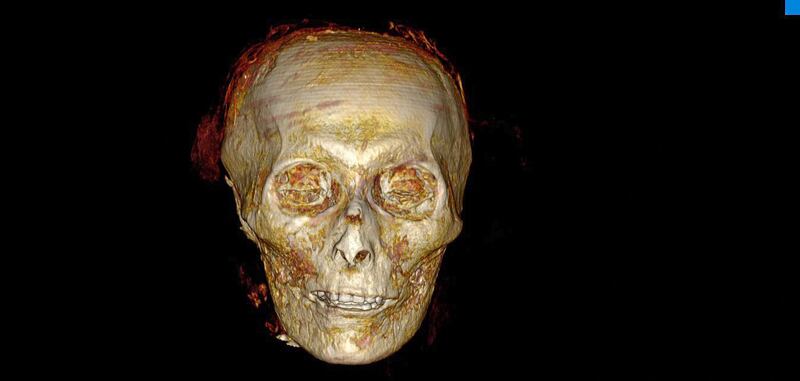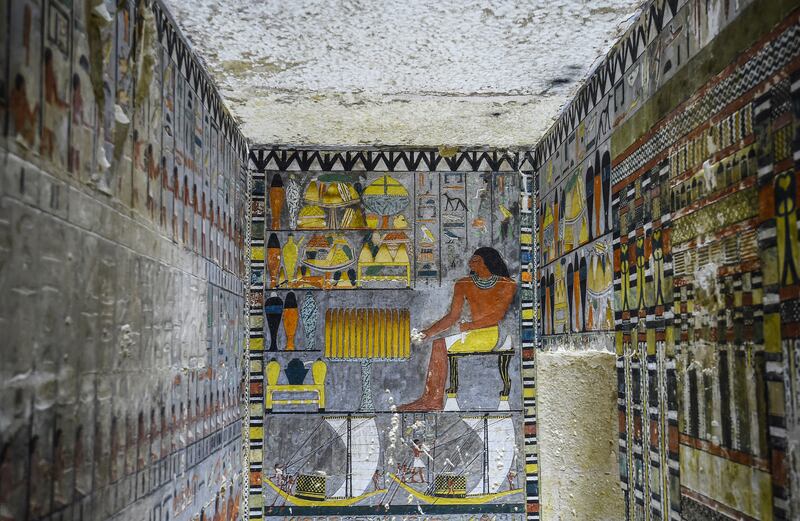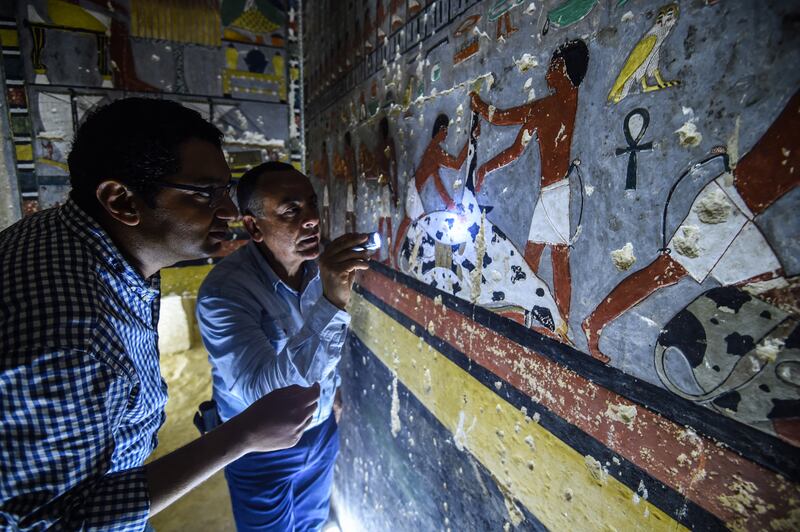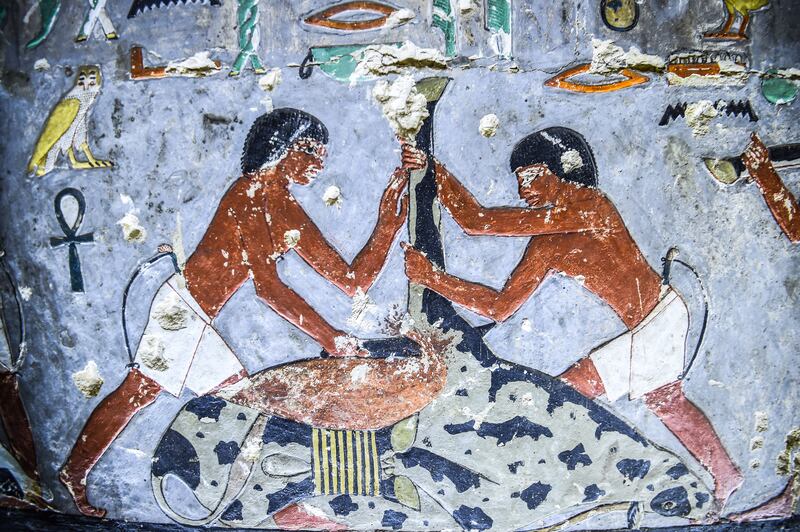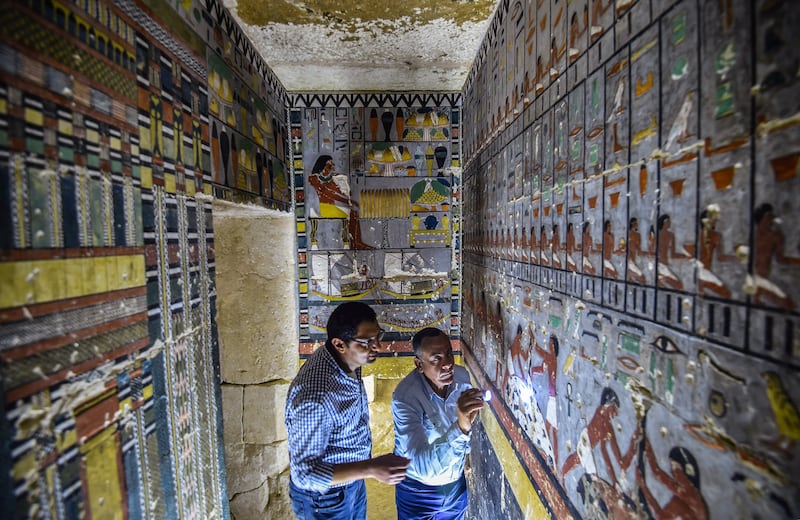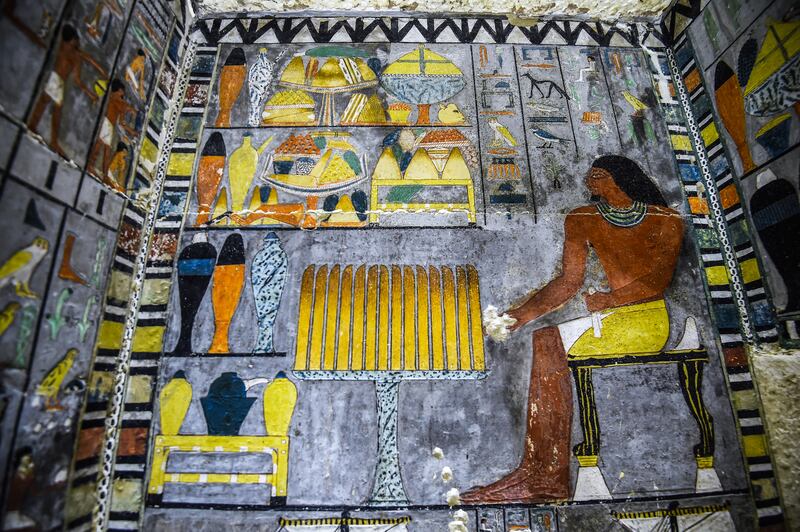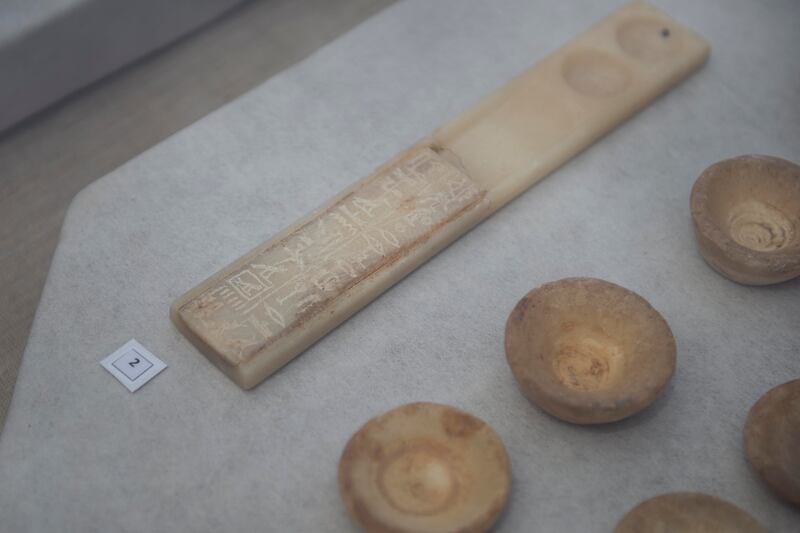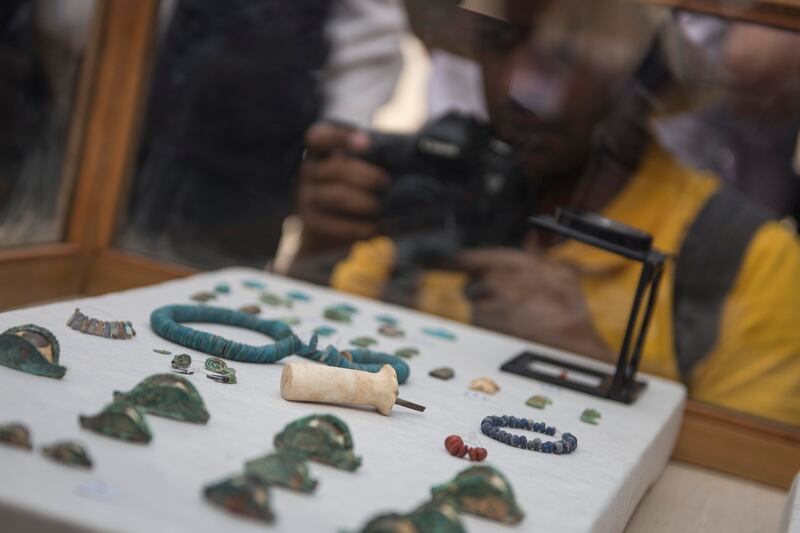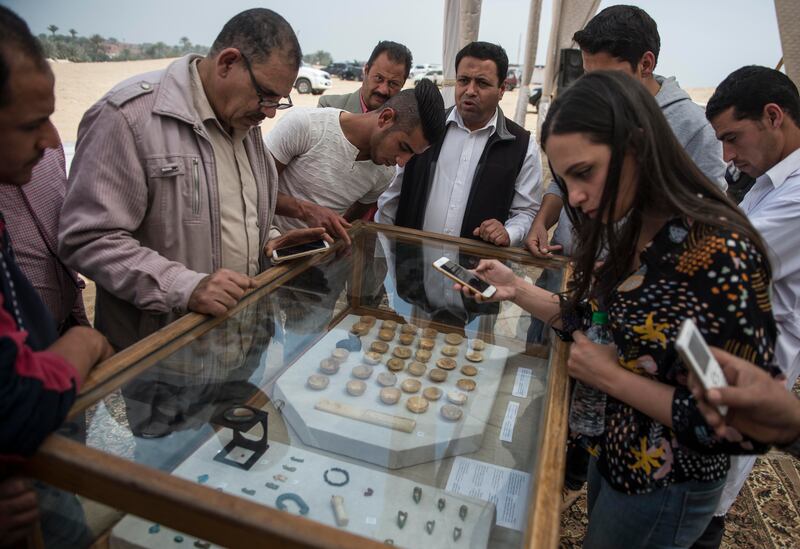Researchers in Egypt uncovered previously unknown details about Pharaoh Amenhotep I by using technology to study his mummified body for the first time.
Computed tomography scans allowed archaeologists from Cairo University to unwrap the mummy and see what lies beneath the bandages.
Amenhotep I is the only mummified ancient Egyptian royal who has not been unwrapped since being unearthed in 1881.
Known for his exquisite wooden face mask decorated with garlands of flowers, the mummy was deemed too fragile to be handled.
Dr Sahar Saleem, professor of radiology at the Faculty of Medicine at Cairo University, said: "This fact that Amenhotep I's mummy had never been unwrapped in modern times gave us a unique opportunity: not just to study how he had originally been mummified and buried, but also how he had been treated and reburied twice, centuries after his death, by high priests of Amun.
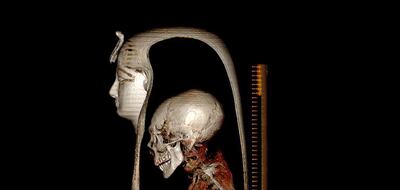
"By digitally unwrapping the mummy and 'peeling off' its virtual layers – the facemask, the bandages, and the mummy itself – we could study this well-preserved pharaoh in unprecedented detail.
"We show that Amenhotep I was approximately 35 years old when he died. He was approximately 169 centimetres tall, circumcised, and had good teeth. Within his wrappings, he wore 30 amulets and a unique golden girdle with gold beads.
The scan showed no traces of wounds or disfigurements, which led Dr Saleem’s team to rule out murder as the cause of death.
Amenhotep, she said, seems to have resembled his father, Ahmose I, who ruled between 1550 and 1525BC.
"He had a narrow chin, a small narrow nose, curly hair, and mildly protruding upper teeth," she said.
Amenhotep I, whose name means "Amun is satisfied" – in reference to Amun, the ancient Egyptian god of the air – ruled from approximately 1525 to 1504BC and was first discovered in 1881 at an archaeological site in Deir el Bahari in southern Egypt.
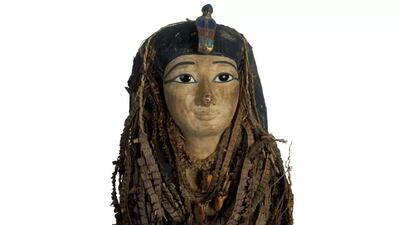
The study further discovered that Amenhotep’s mummy still contained his brain, unlike other mummies found during more recent periods of ancient Egyptian history such as Tutankhamun or Rameses II. In those mummies, the brain had been removed and embalming materials were placed inside the empty skull, said archaeologist Zahi Hawass.
Amenhotep I oversaw what has been described as a golden age in the civilisation's history and, along with his mother, Ahmose-Nefertari, was worshipped as a god after his death.
He was the second pharaoh of Egypt's 18th dynasty after his father Ahmose I, who had expelled the invading Hyksos and reunited Egypt.
Widely considered invaders of Egypt, the Hyksos were an ethnic group of Asian origin that settled in Egypt and ruled parts of it during the 15th dynasty (1650 to 1550BC).
Amenhotep I was one of 22 royal mummies relocated from Downtown Cairo’s Egyptian Museum to the newly-opened National Museum of Egyptian Civilisation in a grand parade that took place in April.
Read more about Ancient Egypt:
Egypt's royal mummy parade commemorated with limited edition silver coins
Seven of Egypt's most famous mummies and their incredible histories
Royal tombs, pharaohs and life in ancient Egypt on show at Sharjah museum
Brewery thought to be the world's oldest discovered in Egypt
